Masaya volcano, Nicaragua
Only 30 kilometers from Granada, the Masaya Volcano National Park is the first, and largest national park in the country, consisting of a volcanic caldera with two volcanoes and five craters. Its crater “Santiago” has an altitude of 635 meters above sea level, and continuously emits large amounts of sulfur dioxide.
The park opens its doors for the daytime visit and it is also possible to take a short night tour, this is what we did. We took a taxi from Granada, arrived to the park before sunset. This visit is available without reservation, from 5 PM to around 8 PM. You just need to get the road main entrance; if there are people or groups before you, you will need to stand in line, as visitors are allowed to enter and go to the crater in order of arrival. The vehicles are parked one after the other next to the main road. The entrance fee for the night tour is US$10 per person.
The light was amazing when we reached the crater : we could see the golden rays of the sun through the volcano’s smoke.
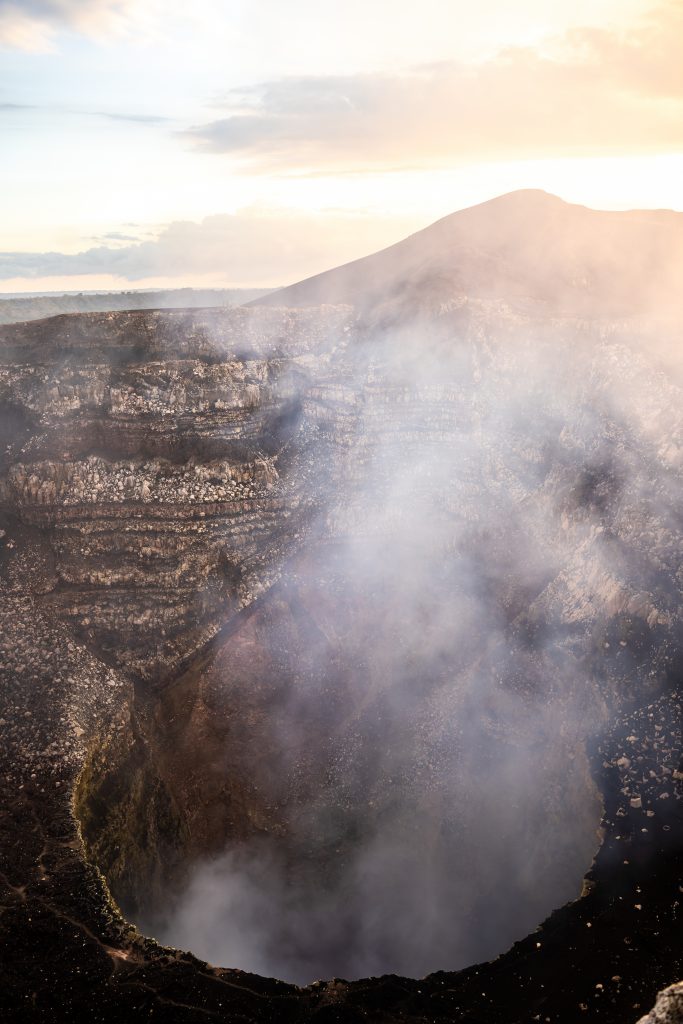
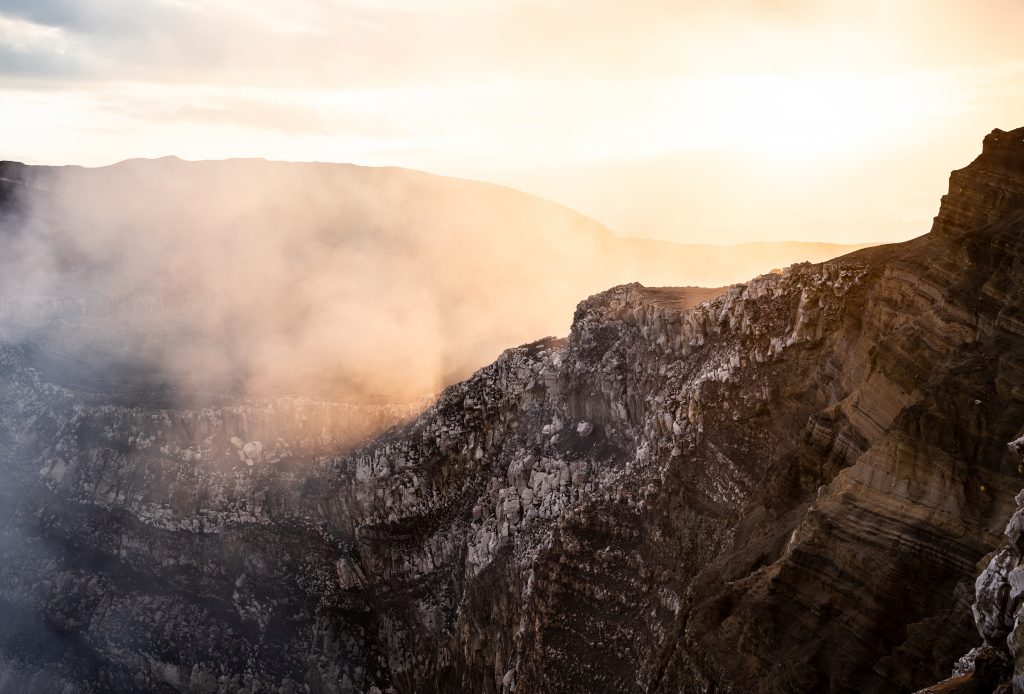
The eruptions have had a dramatic impact on the surroundings. Rocks and volcanic ashes still cover the area surrounding the volcanoes. The nature is rough yet peaceful. Different types of vegetation appeared after the eruptions. We walked around the main crater for a while. The sky’s colors and appearances were changing a lot and created interesting landscapes photographies!
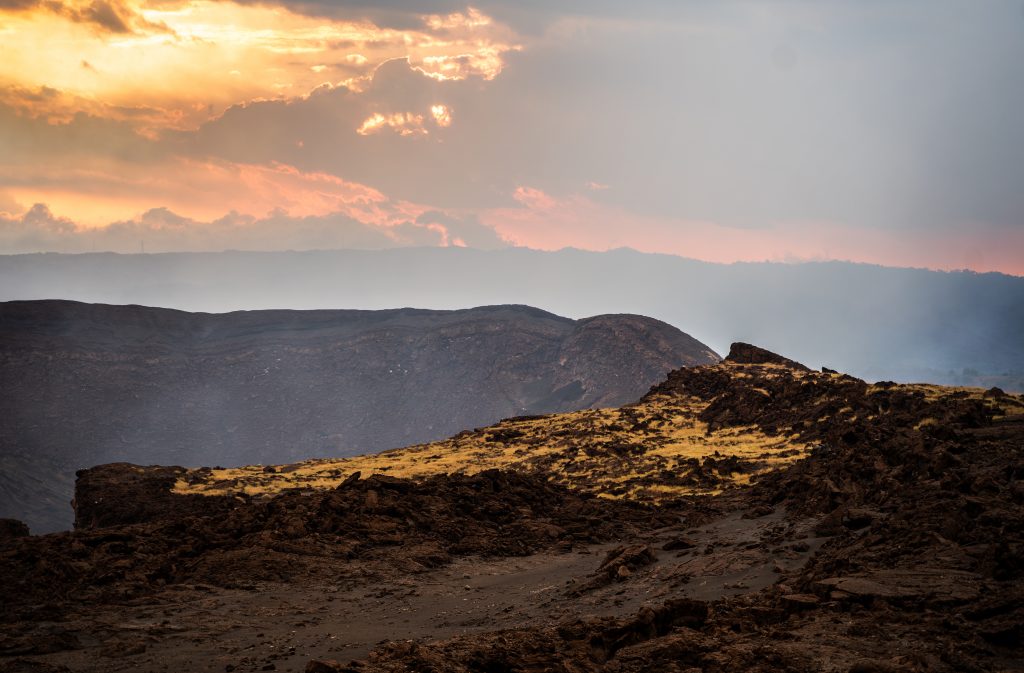
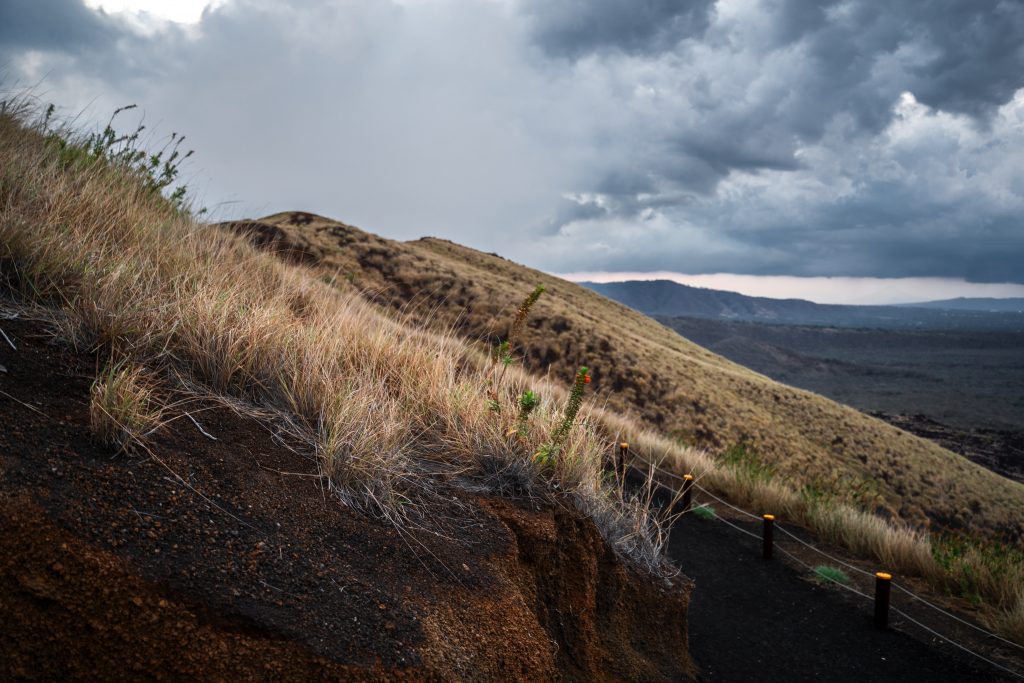
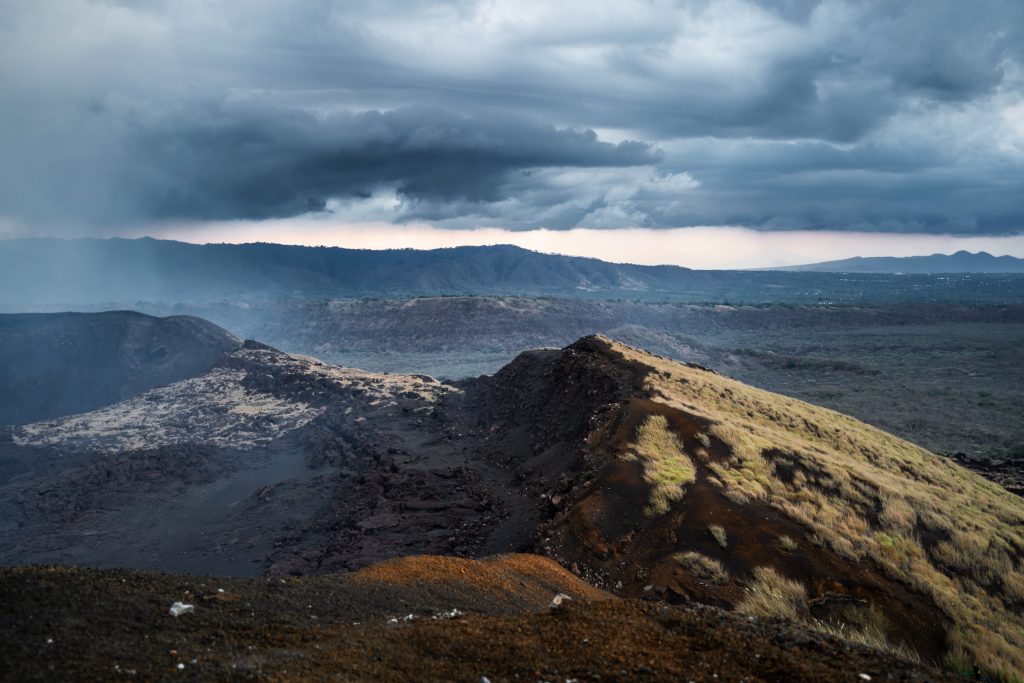
Our friend Laurine also took some lovely pictures of us, and with us 🙂

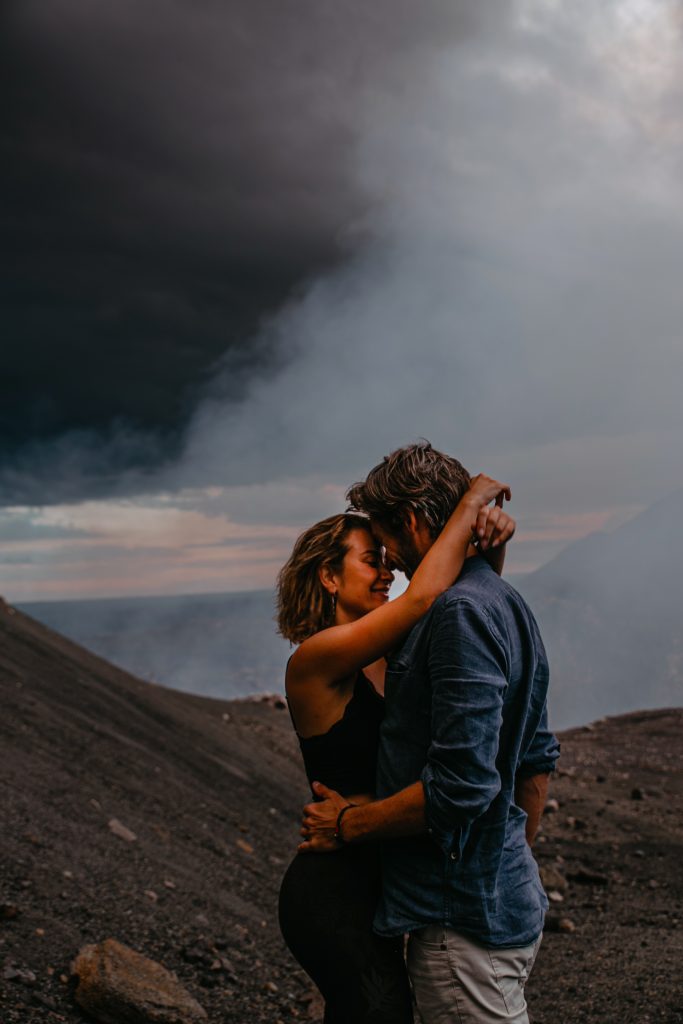

There are several trails that lead to the other craters and the Tzinaconostoc Cave in which hundreds of bats house. Those trails distance vary between 1.4 and 5.9 kilometers, but some were closed to the public at this time, and we didn’t have a lot of time to explore because we decided to arrive before sunset, so we just walked around different spots nearby.
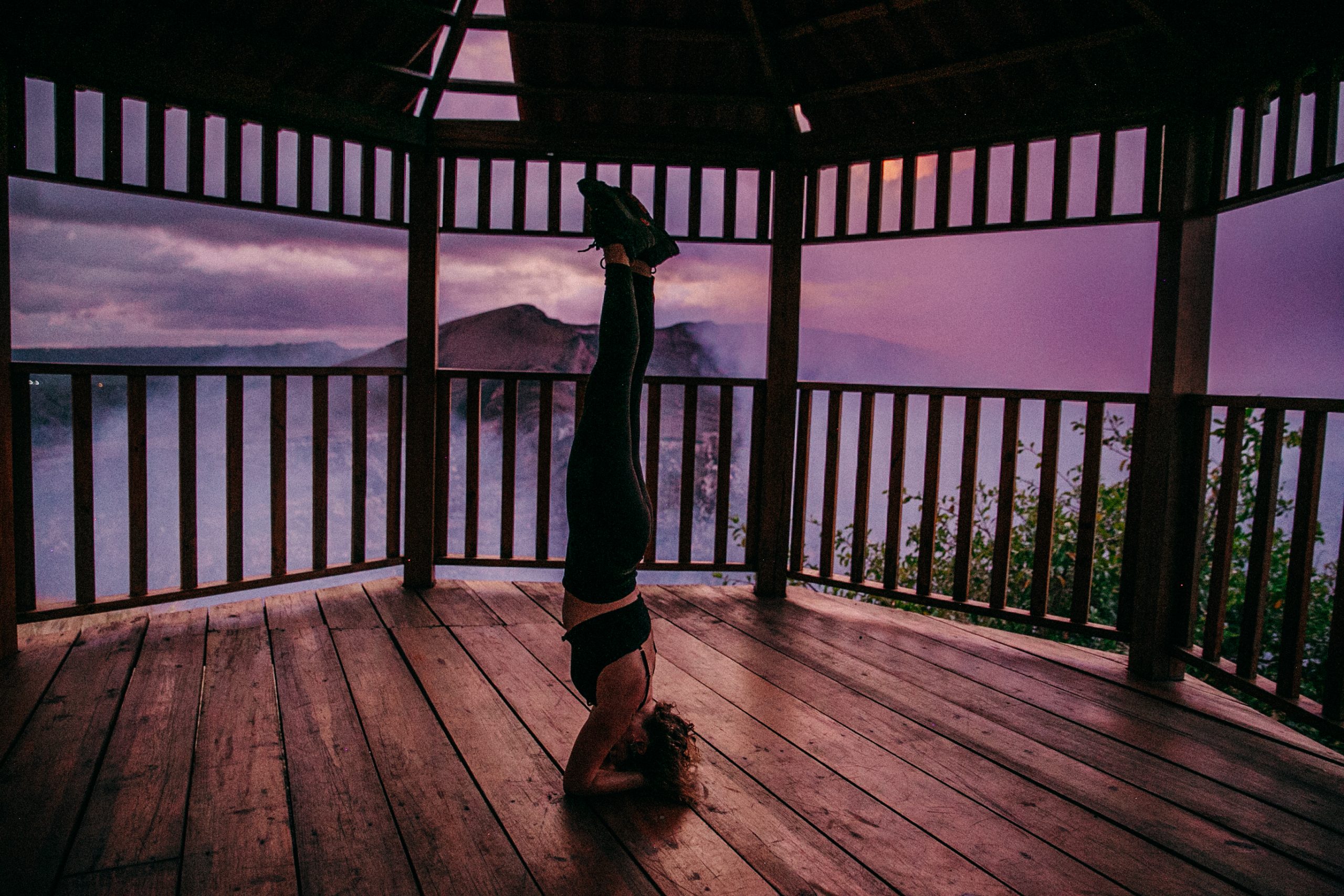

Night time Visit
Every night the park offers a spectacle that astonishes its nocturnal visitors: the appreciation of the so-called “lava lake” that can be observed from the very shore of the crater. The crater maintains an incandescence inside due to a persistent lava lake, reason why it was object of veneration by the inhabitants of the area before the arrival of the Spanish colonizers, who baptized the active volcano with the name of “The Mouth of Hell”.
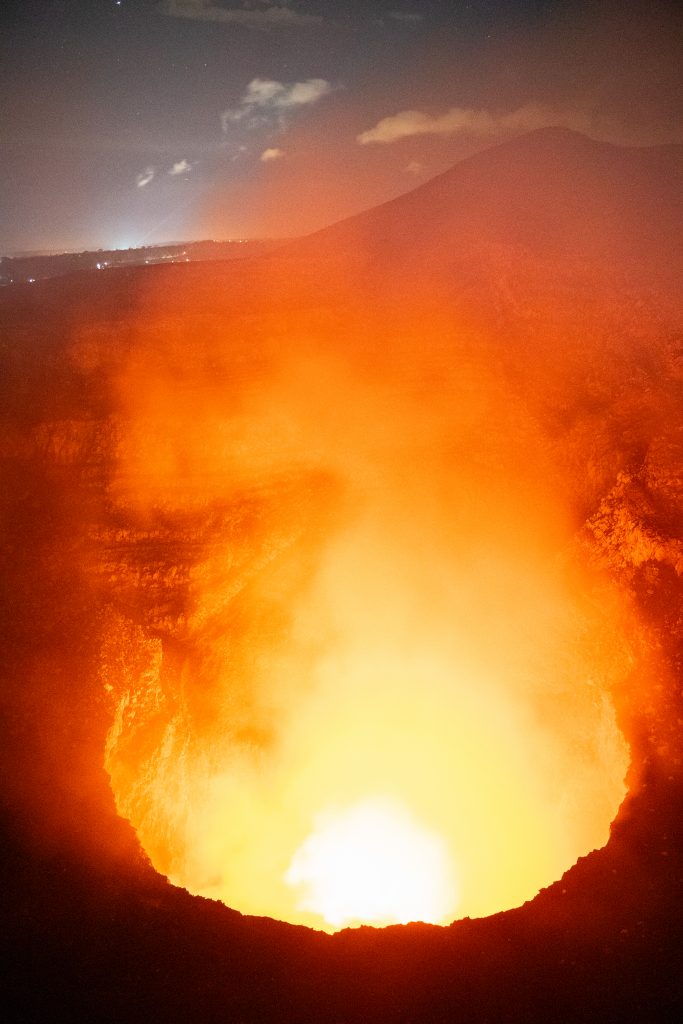
The spectacle is rare and breathtaking: the sky is getting dark, allowing you to see thousands of stars and, from the edge of the crater, right into the bottom of it, you are able to see an amazing lava lake that move with its incandescent color. The contemplation lasts a few more minutes, after that time you will be asked by guides and park ranger to leave the area and go to the main gate.


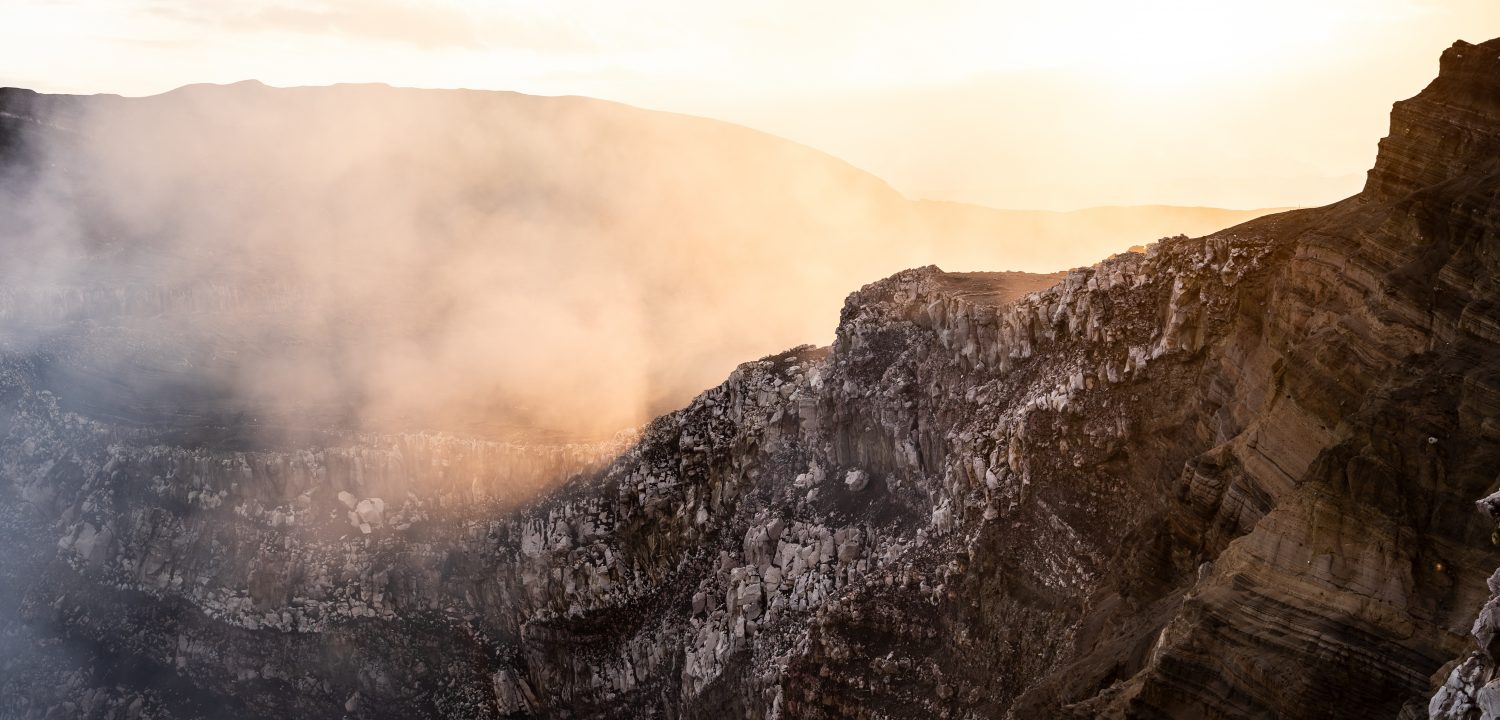
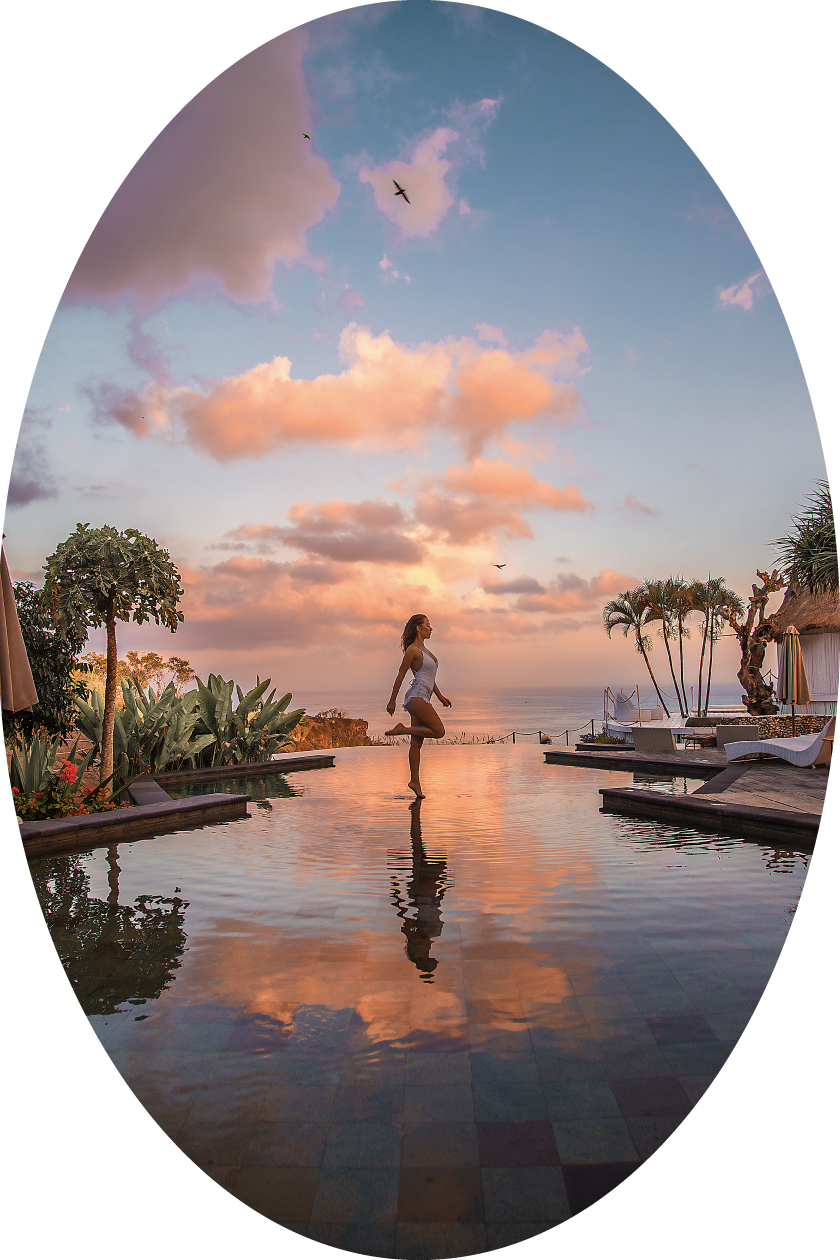 Hello & Welcome to my travel blog!
My name is Céline. I am a passionate traveler, professional photographer & model, and certified Vinyasa Yoga teacher. I started travelling alone when I was 17 and never stopped. In 2016, I went on a 6 month trip on my own, in Asia & Australia. It changed my way of traveling in willing to explore more…
Hello & Welcome to my travel blog!
My name is Céline. I am a passionate traveler, professional photographer & model, and certified Vinyasa Yoga teacher. I started travelling alone when I was 17 and never stopped. In 2016, I went on a 6 month trip on my own, in Asia & Australia. It changed my way of traveling in willing to explore more…
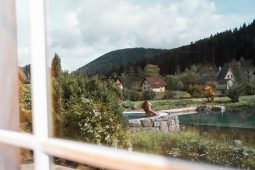
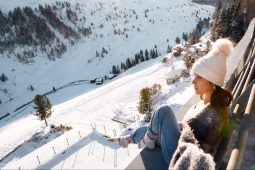

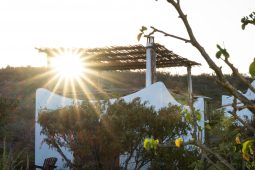

Leave a Comment